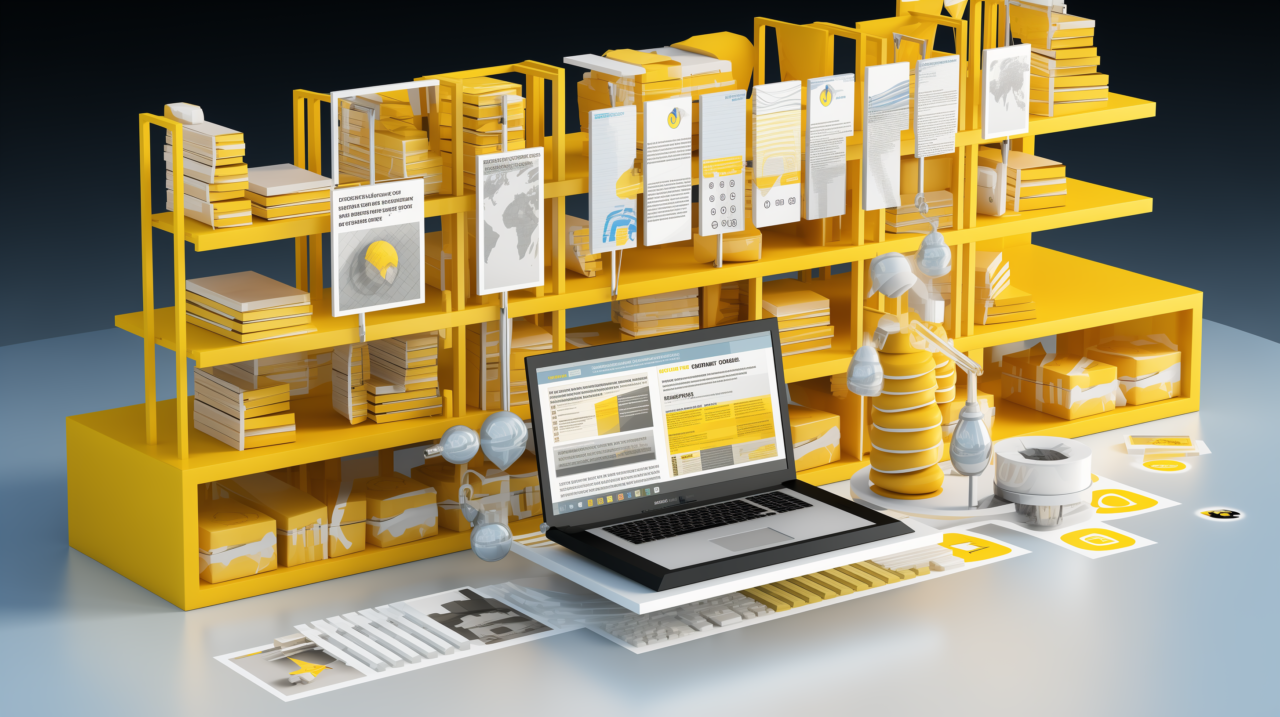How to improve security and quality in CRITIS infrastructures
Today more than ever, the security and quality of public and CRITIS infrastructures are being put to the test: be it the expansion and conversion of electricity, gas and hydrogen grids, the sustainable modernization of transport infrastructure, the circular economy, etc. – the challenges of ecological and digital transformation must be taken into account everywhere. Transparency about your own offerings, processes and employees and precise knowledge of the current situation are prerequisites for setting the right course for long-term success.

Many companies and institutions are faced with the question: How do I collect and collate data and how do I then process it as effectively and sustainably as possible? Regularly recurring audits on paper have proven to be a stumbling block: The documents are usually poorly legible, sometimes missing information, or they are outdated; some quality and safety checks are not carried out at all. Sometimes the paper documents lie on the inspector’s desk and are not processed for weeks – no one has an overview of when and whether the deviation from the target has even been rectified.

Digital system to ensure the quality of personnel

But there is another way, as the use case of an Austrian company shows: This company has established a digital system to ensure the quality of staff in its bus and rail transport operations. The system checks, for example, whether toilets and passenger areas are clean, whether ticket machines are working, whether gearboxes are regularly serviced and whether drivers are careful and friendly on the road. The list of possible safety and quality checks is long, and the number of vehicles and employees to be checked is in the hundreds in the extensive region.

Carry out tests on the move via cell phone

The Austrian company has several groups of inspectors carry out the safety and quality checks in public transport. They automatically receive the checks in the form of digital checklists for specific occupational groups in their mobile apps. This allows them to carry out inspections on the move using their cell phones as part of their workflow – without wasting time and without extra paper-based processes. This leads to greater acceptance and increases operational safety on the road. The digital inspections offer a wide range of functions such as plausibility and completeness checks, integration of photos, digital signatures, etc.

Automated processes with follow-up of measures

Depending on their qualifications, the employees of Austrian transport companies are checked in different cycles for compliance with quality and safety regulations that are important for transport operations. Electronic workflows are used to forward the recorded data to the relevant departments, which can now check, approve, save, evaluate and store it in an audit-proof manner. In the event of an inspection of the transport companies by supervisory authorities, it can now be proven at any time that compliance with the necessary standards is being monitored. The digital system can also be used to initiate improvement measures and track their implementation. The bottom line is that this leads to automation of the entire inspection process and serves to continuously improve safety and quality in public transport.

Your added value

- Comprehensive provision. Digital checklists are created in a standardized form, managed centrally and made available to inspectors. They can be adapted to new requirements or legal changes at any time with just a few clicks.
- End-to-end digital process. Reduced workload and a more secure process at the same time. Documents are found more quickly and the quality is higher. Deadline monitoring in the background.
- Continuous improvement process. No need for a complex ticket program, improvement measures are initiated in the system, deadlines are set, response times are monitored


- Interactive forms. Adapt dynamically to all types of stationary and mobile IT devices and can be filled out using a keyboard, pen or touchpad. Platform-independent.
- Electronic signatures. Signature pads or touchscreens for integrating the examiner’s name. This also enables audit-proof filing without additional paper printouts. Time and cost savings
- Multilingualism. Checklists can be created in several languages in parallel, the language selection is made by the user.
- Audit-proof archiving and documentation. Changes are continuously updated and the data is archived in a central database in an audit-proof manner. The data can be exported in various formats, for example to Excel, for evaluation. Connection to common master data and reporting systems possible.

Get in touch!
Would you like to know more about our solutions? Then please write us using the contact form. My colleagues and I look forward to exchanging ideas with you.

Dominik Weggler
Head of Sales Germanedge